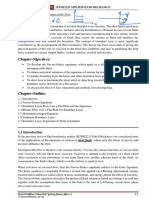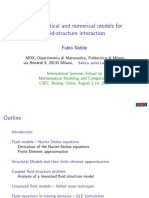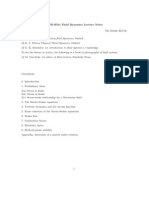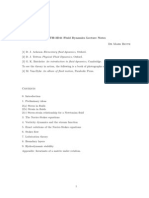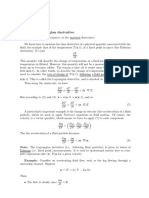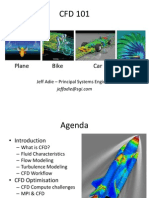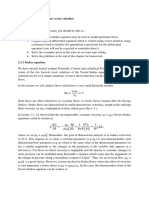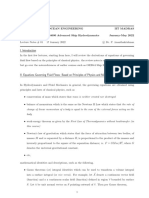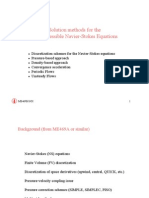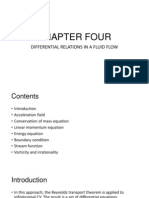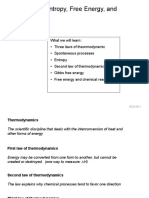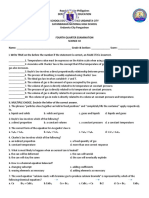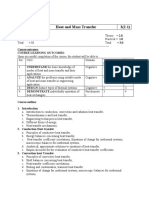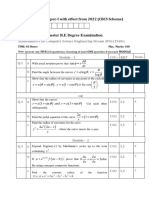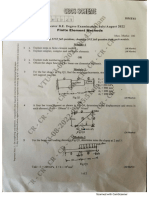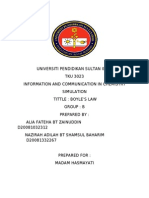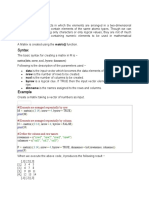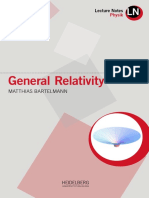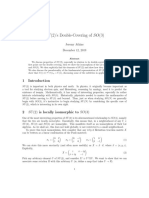0% found this document useful (0 votes)
14 views17 pagesFrames of Reference
The document discusses the Lagrangian and Eulerian frames of reference in the context of diffusion and fluid dynamics, highlighting the differences between total/material and spatial derivatives. It covers the Navier-Stokes equations, emphasizing the complexities of fluid flow, momentum diffusion, and mass conservation, as well as the distinctions between laminar and turbulent flow. Additionally, it addresses boundary conditions relevant to fluid dynamics simulations.
Uploaded by
mateobuiles253Copyright
© © All Rights Reserved
We take content rights seriously. If you suspect this is your content, claim it here.
Available Formats
Download as PDF, TXT or read online on Scribd
0% found this document useful (0 votes)
14 views17 pagesFrames of Reference
The document discusses the Lagrangian and Eulerian frames of reference in the context of diffusion and fluid dynamics, highlighting the differences between total/material and spatial derivatives. It covers the Navier-Stokes equations, emphasizing the complexities of fluid flow, momentum diffusion, and mass conservation, as well as the distinctions between laminar and turbulent flow. Additionally, it addresses boundary conditions relevant to fluid dynamics simulations.
Uploaded by
mateobuiles253Copyright
© © All Rights Reserved
We take content rights seriously. If you suspect this is your content, claim it here.
Available Formats
Download as PDF, TXT or read online on Scribd
/ 17
